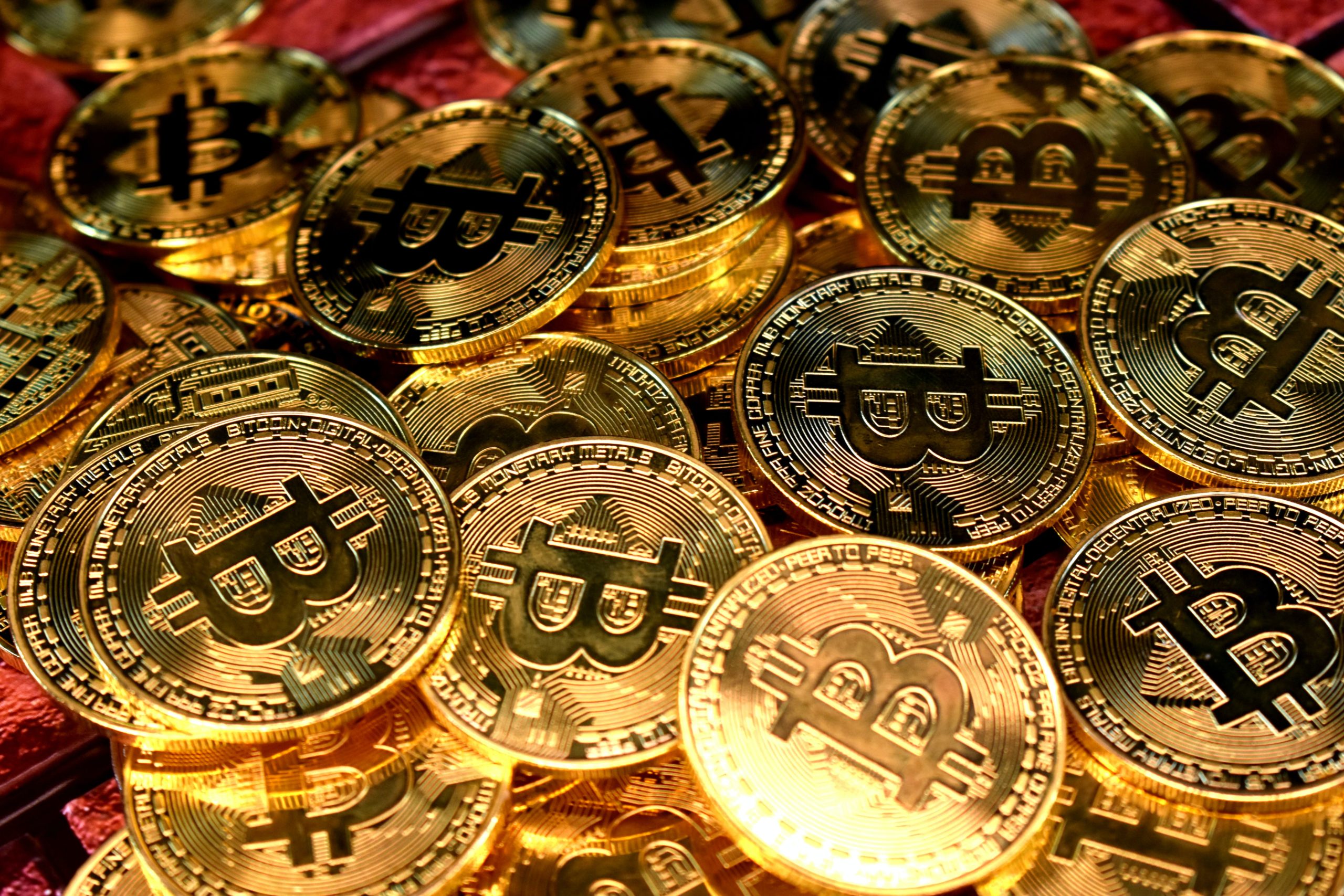Satoshi mining is a term that comes from Bitcoin and Satoshi Nakamoto. Satoshi Nakamoto is the unknown creator of Bitcoin. “The very first block mined, the Block 0 (the “genesis block”), contained a hidden section as a “message” from Satoshi Nakamoto containing an ASCII text string that reads:
It has announced a second bank rescue package and hence was on the brink of revealing it. This means that Satoshi Nakamoto must have been alive at the time or he would not be able to mine coins and include them in his initial coinbase transaction.”You can get all the authentic information on the Bitcoin Revolution that can help you to start your journey in bitcoin trading safely.
Working Mechanism of Satoshi Mining
The working mechanism of Satoshi mining is very different from other traditional types of mining, such as CPU or GPU mining. The process involves using the Hashcash proof-of-work algorithm to produce a valid block which is used to record all transactions made in bitcoins.
Hashcash uses the SHA-256 hashing function for creating a new set of transactional data. Each block is produced by performing a certain number of hashes in the background, the hash cash difficulty level automatically changes based on how fast or slow new blocks are being mined.
The main aim of Satoshi mining is to make a lot of computational power available to solve these hashes and thus create a new set of transactional data. The newly generated transactional data is recorded in batches called the blockchain.
Every time a miner, using either CPU or GPU mining, successfully mines a new block; is rewarded with 50 BTC. This can be further divided into smaller parts of 8 decimal places which are known as satoshi’s (1 Satoshi = 0.00000001 ฿).
The working mechanism of Satoshi mining is mainly based on the proof-of-work (PoW) algorithm. Proof-of-Work (POW) is a piece of data that requires an enormous amount of computational power for its generation. The difficulty level automatically changes based on how fast or slow new blocks are being mined.
Benefits of Bitcoin Mining
Mining, in the context of cryptocurrency like Bitcoin, refers to the process in which computing power is used to verify transactions before they are added to a public ledger. Since every transaction needs to be verified this process ensures that each block is unique and different from one another. This not only prevents double-spending but also keeps inflation at bay since miners need to be constantly resupplied with the currency since all Bitcoin in circulation is finite.
The transaction fee for miners is also determined by supply and demand. When there are too many transactions that need to go through, the fees will increase accordingly. This way, it becomes prohibitively costly for hackers to perform DDoS (distributed denial-of-service) attacks on the network.
The process of mining has also led to the creation of some new jobs around the world which are more technical in nature and not directly related to sales, marketing, or any other field that deals with customer-facing roles. These include people working on hardware design (ASIC chips), software development (Bitcoin wallets), and the development of tools for automation.
But let’s put all the technicalities aside and look at some of the benefits that come along with mining in terms of pure economics:
1) You control your money
One of the biggest risks involved when it comes to using a centralised service is that you have no control over your own funds. But with Bitcoin, you own your private keys and no one can freeze your account. It offers the opportunity to be in full control of your money which is not possible with traditional banks or other financial institutions.
2) It’s cheaper
While it might look like mining is an expensive process, it actually helps to keep inflation down by making sure that there is a constant supply of Bitcoin in circulation. It also helps to keep transaction fees down which means the savings can be passed on to consumers who will in turn have more money to spend or gain from their crypto-investments.
3) You don’t need a bank
In addition to the above points, it should be noted that, in the current world economy, access to banking services is continuously on the decline. According to a report that came out last year, around 2.2 billion adults worldwide don’t have access to a bank account which just goes to show how important cryptocurrencies are becoming in this regard.






